FIFA, Argentina and Lionel Messi sponsor Adidas celebrated the team and player’s 2022 Men’s World Cup with virtual stunt CGI billboard in Dubai that went global and viral and generated more than 250m organic views.
Territory: Dubai / Global
Agency: Vertex, Havas Middle East & TBWA
Objective
As part of its multi-strand, multi-phase FIFA 2022 Men’s World Cup marketing – which spanned its FIFA partnership, its official supplier tie-up with winners Argentina and its ambassador alliance with Lionel Messi – Adidas’ tournament marketing programme plan included highly reactive content for the Final itself: as long as an Adidas-sponsored team, or a superstar player was in the match.
Adidas sought to memorialise Messi’s triumph and its own links to the tournament, the team and the player via a low latency, tricky social initiative built around the idea of a local Middle East digital outdoor initiative which the brand hoped would be shared globally.
Activation
To celebrate and commemorate the victory within hours of Argentina’s triumph, a somewhat sombre and grainy six-second, unbranded video of a striking, digital out-of-home billboard in Dubai began gaining social media traction. Its shaky footage and choppy audio gave an impression that a member of the public had shot the clip as he or she had passed by a huge, full-motion 3D billboard which appeared to be screening a World Cup winning version of the previously released Adidas ‘Impossible Rondo’ video which used CGI to bring to together different World Cup editions of Messi (from 2006, 2010, 2014, 2018 and 2022) into a single spot.
But all was not quite as authentic and simple as it seemed.
After all, the social video featured ‘The Dubai Frame; an iconic, concrete frame 150 meters high which is a memorial and not an advertising installation with a screen seemingly suitable for 3D graphic animations.
It turned out, that this was not a fan video after all, but rather an official activation by Adidas MENA (Middle East & North Africa) who chose to apply a degree of technical deception to celebrate by creating a self-described ‘larger-than-life media moment worthy of Messi’s myth’.
Dubai was chosen as the location for the social stunt as it was the closest of Adidas’ top 12 target halo cities worldwide to the Qatar tournament. And, while Adidas’ other OOH tournament activation in Dubai had focused on the Dubai Eye (the UAE’s larger version of the London Eye), the joint Adidas and agency team chose the Dubai Frame as the site for the virtual stunt due to its more extravagant scale.
Adidas MENA and distribution partner Havas Middle East waited 30-minutes after the game before distributing the unbranded footage with a statement in a paragraph to sports media in the region.
This billboard is something else
(via adidasdxb/IG) pic.twitter.com/xNoyNLMK8U
— ESPN FC (@ESPNFC) December 20, 2022
The route to this specific element of the German sportswear giant’s tournament marketing mix was not an entirely smooth one.
“Before the tournament, we decided to build our activation plans around Lionel Messi and Karim Benzema. We planned to do some incredible things, especially around Benzema. Then, days before the tournament, we were quite heartbroken at the news that Benzema would not compete. Then, a few days later, Argentina lost to Saudi Arabia. I won’t lie, it wasn’t a great time for us,” recalled Adidas MENA Director of Brand Communications and Sports Marketing Paul O’Connor.
But as the tournament progressed things played out better for the brand: especially when Argentina reached the Final against France to offer the proposition of a game that fans could believe might be the best of the tournament so far and one in which Messi could secure the title of greatest of all time.
O’Connor’s team felt that this was a possibility worth investing in and planning for.
“We always planned a CGI-style activation. You can be pretty agile with CGI. And you have to, because there is little time between the semi-finals and the final to organize things. A large physical activation can take maybe six to 12 weeks, so we know it had to be digital,” he added. “The Dubai Frame hadn’t really been activated properly before and we felt that it fit our campaign’s retro ’80s design language and our desired scale and thus it suited the activation aesthetic.”
It might have only been a 6-second clip (short to encourage repeat viewing), but creating it came with multiple challenges. For a start, the MENA team couldn’t complete work on its Final virtual stunt until Adidas’ creative agency TBWA’s last global creative was finished. So CGI partner Vertex had only two days to re-fit the video into the virtual Dubai Frame. Plus, to make the virtual content look as real as possible, it had to be vertically moveable, seem like it was filmed by an amateur and shot from a moving car and it needed to be seemingly shot at night so that it seemed like it was appearing immediately after the Final which ended after nightfall.
Plus, of course, an Argentina victory was far from guaranteed.
Outcome
Despite suspicions about its fan-created credibility, doubts about the authenticity and criticism around brand marketing trickery, the social clip generated a total of 250m organic views and 12.5m engagements across Instagram, Tiktok and Twitter.
“The ROI was incredible compared to a physical activation. CGI is definitely the future,” added O’Connor.
Comment
The results are hard to argue against, but this initiative certainly throws up plenty of questions for sports marketers to consider. Was this a sleight-of-hand too far? Will the tech trick and lack of authenticity erode brand trust? What does it mean for fixed OOH sites if smart FX teams can hijack any surface, object or icon into a platform?

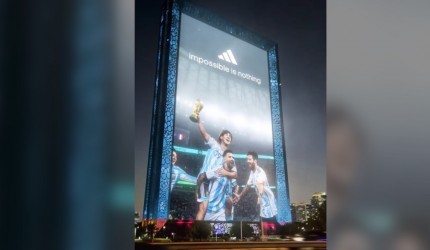
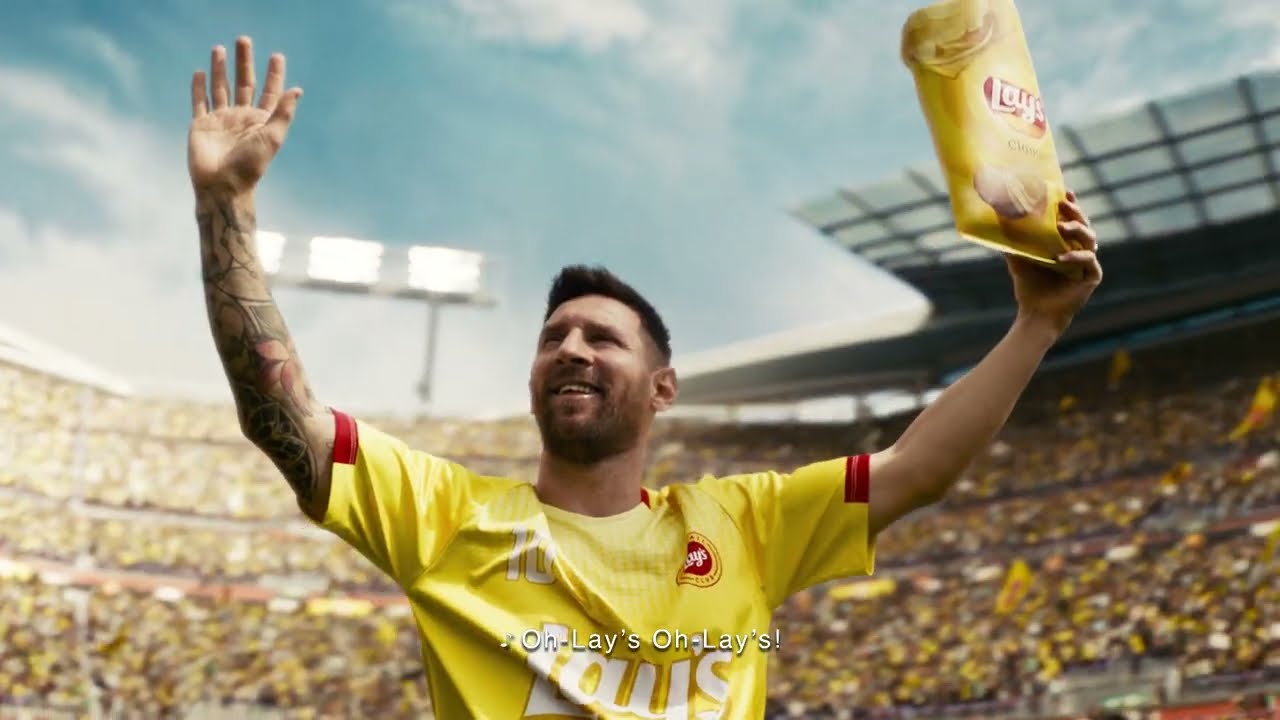


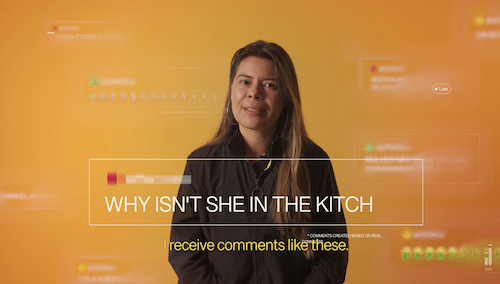
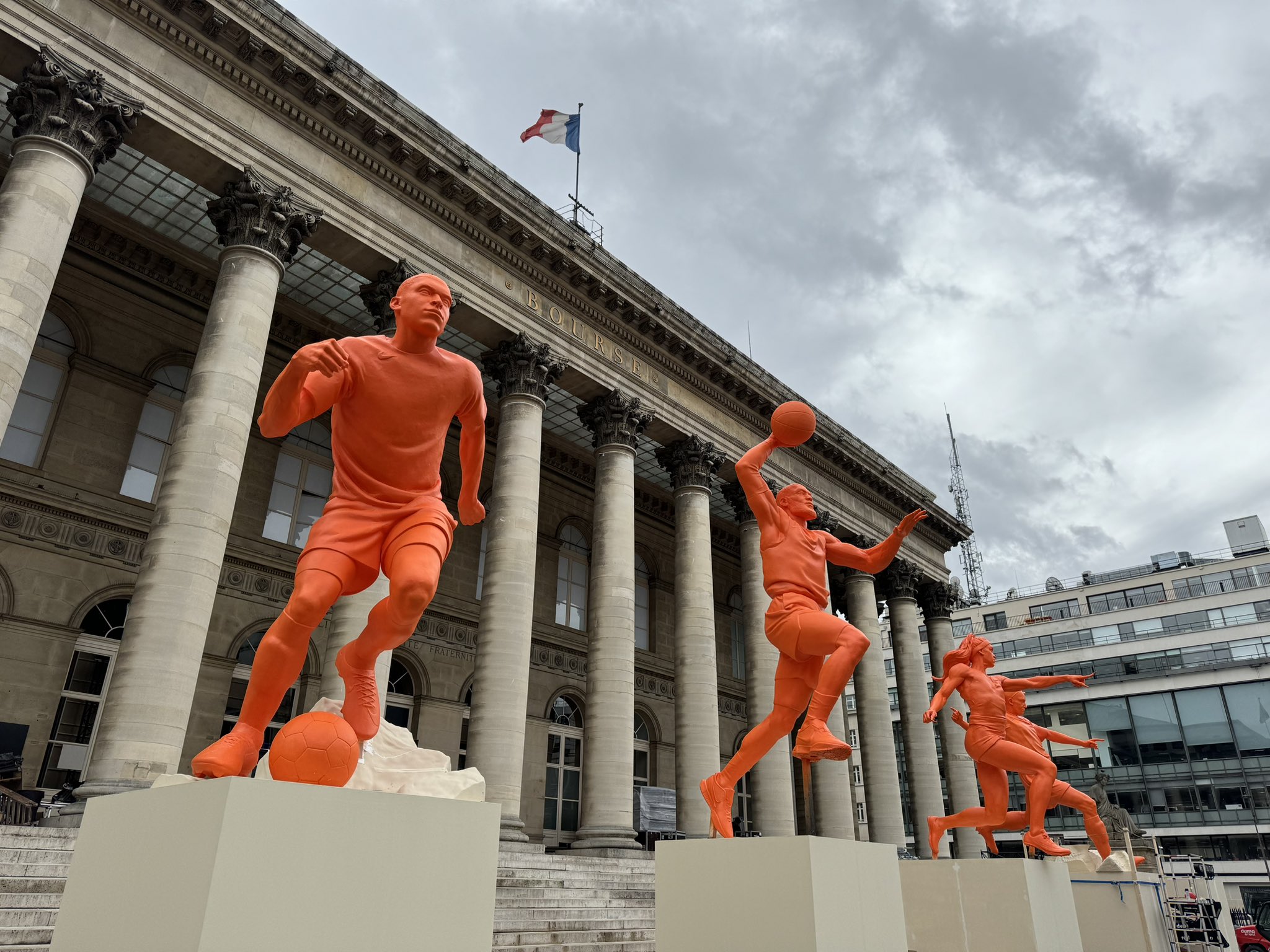
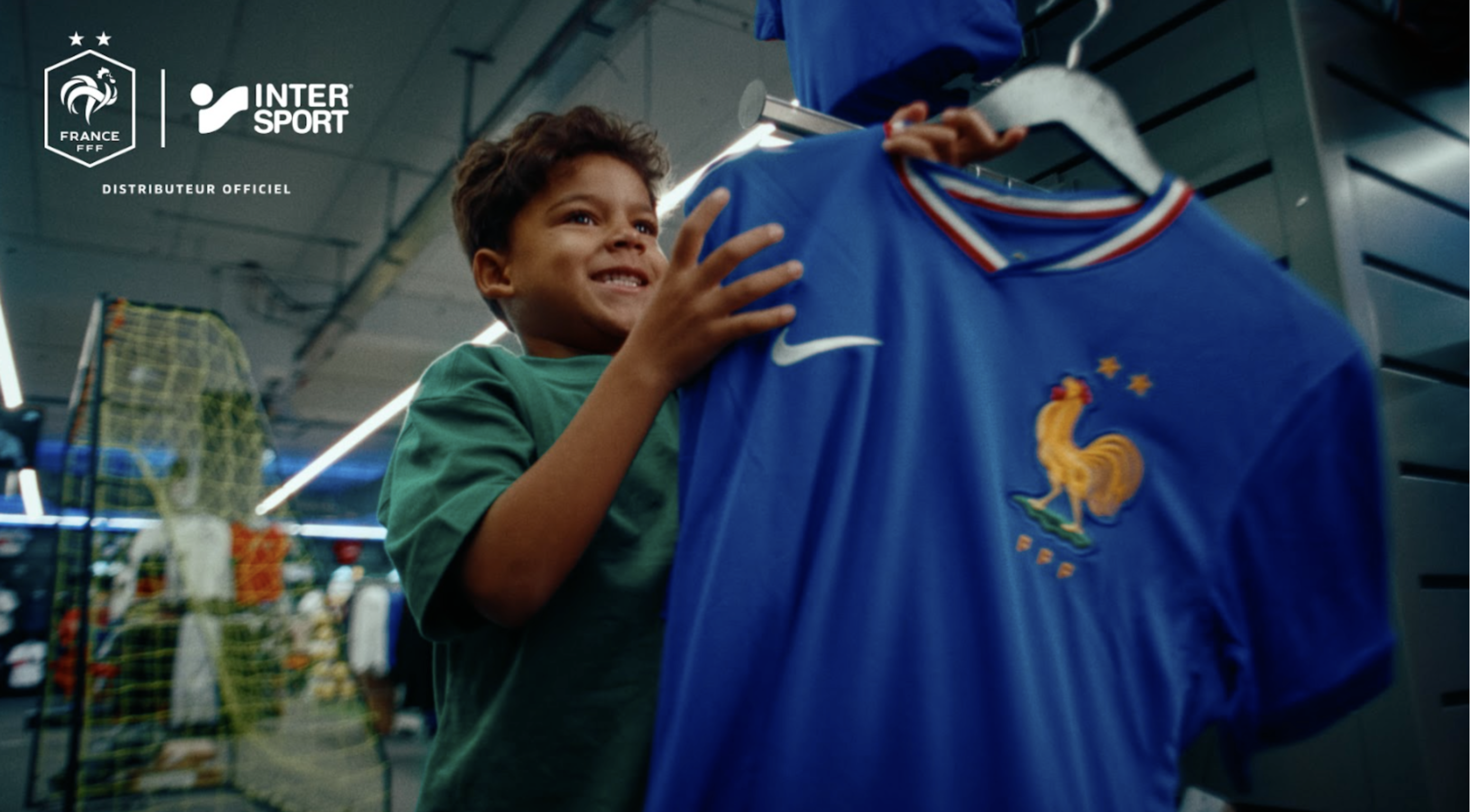
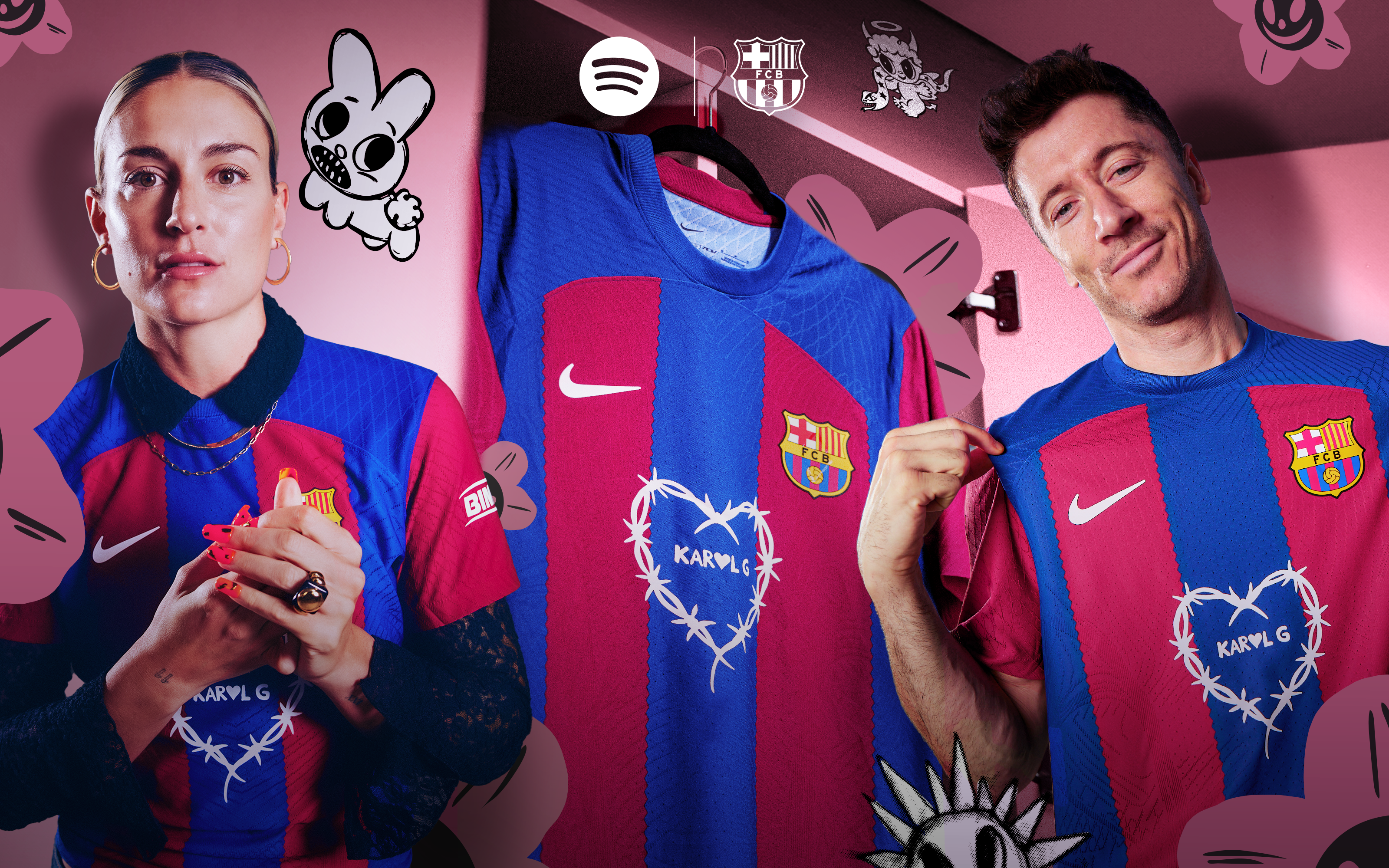
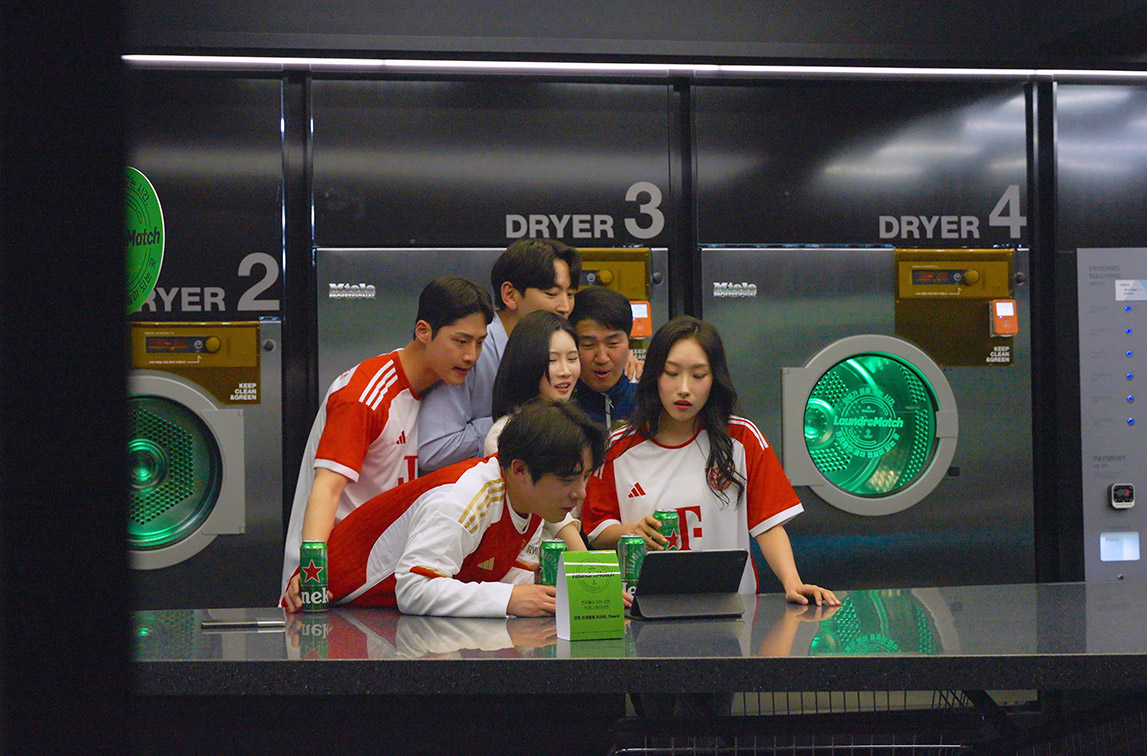
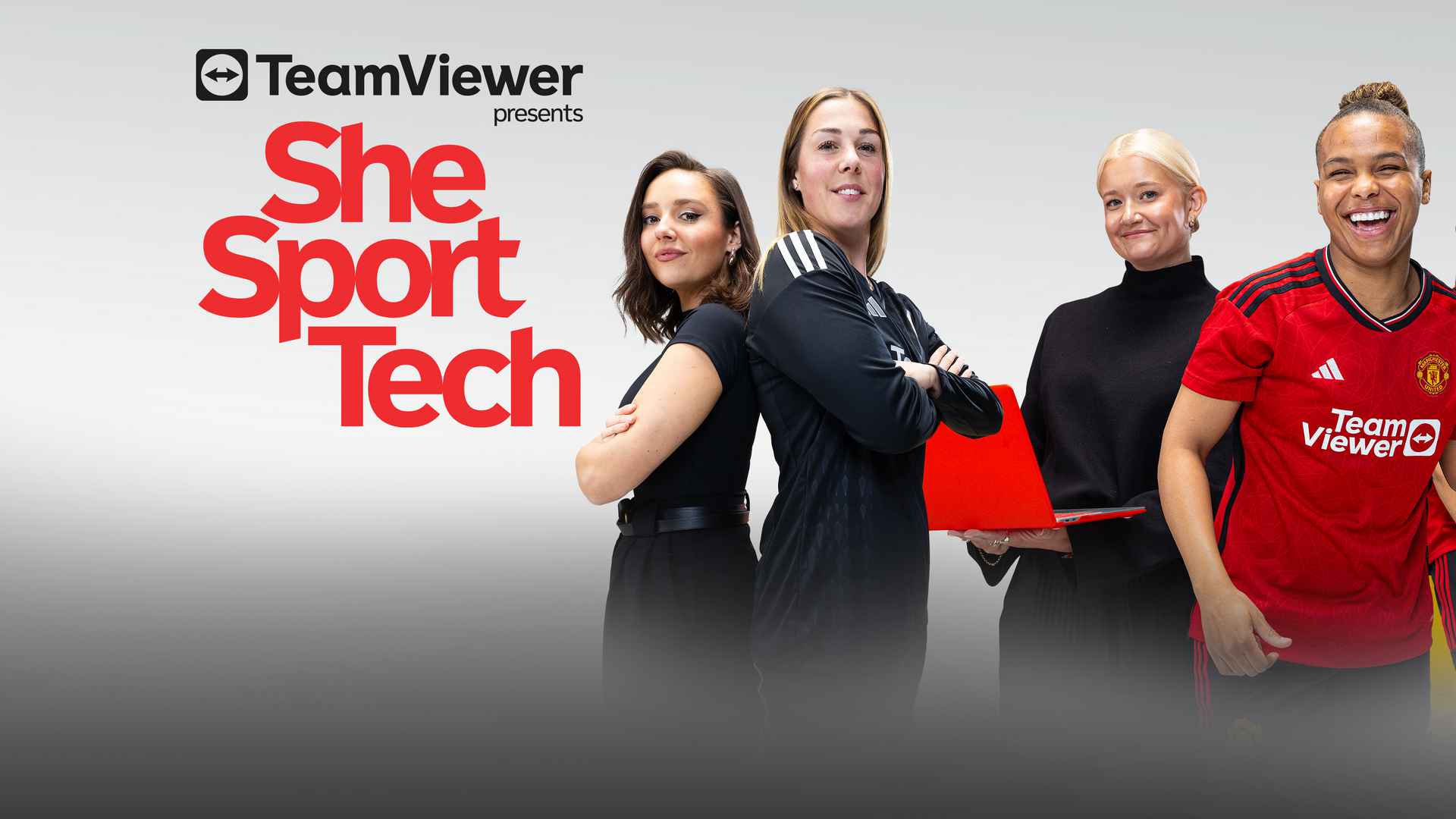
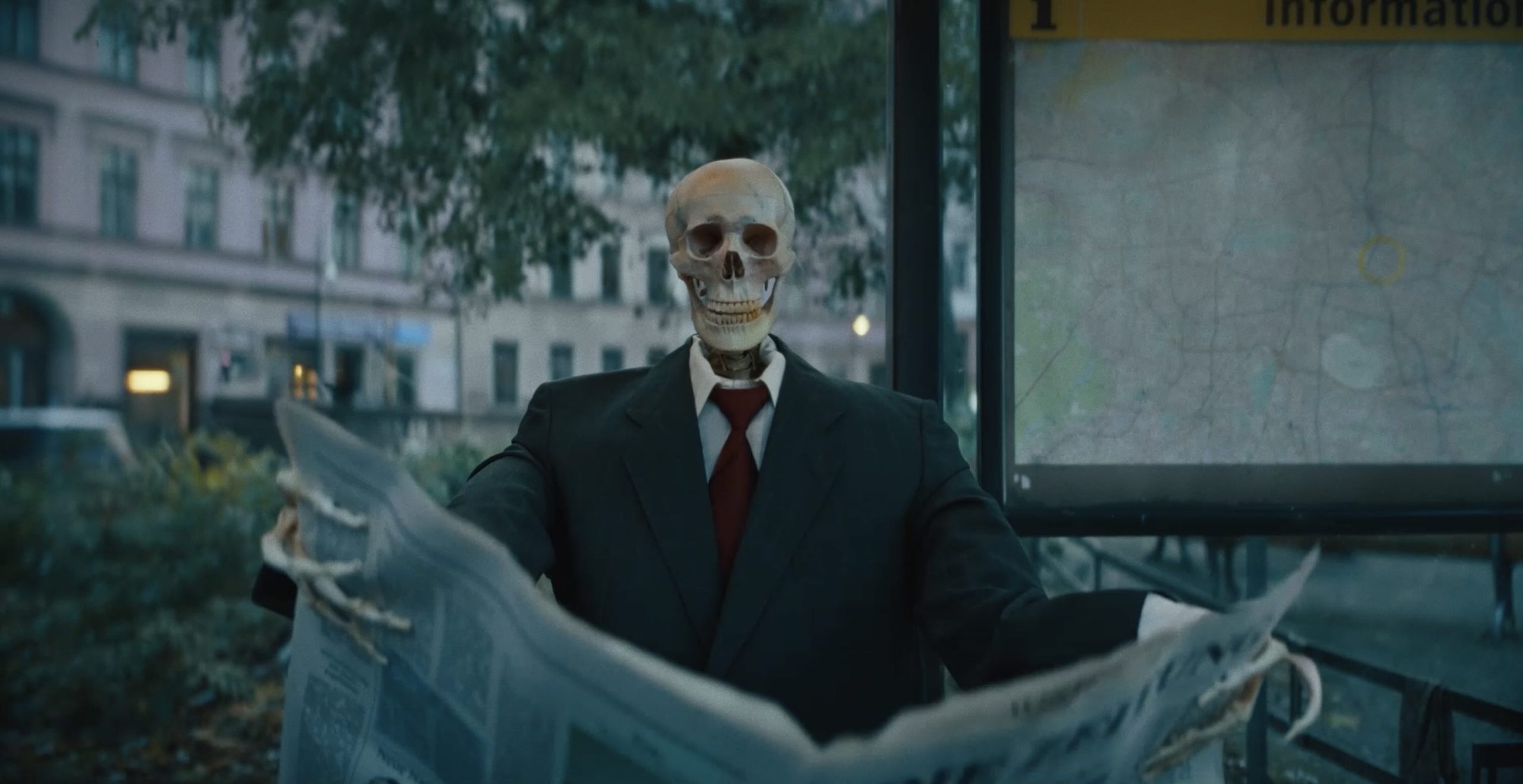
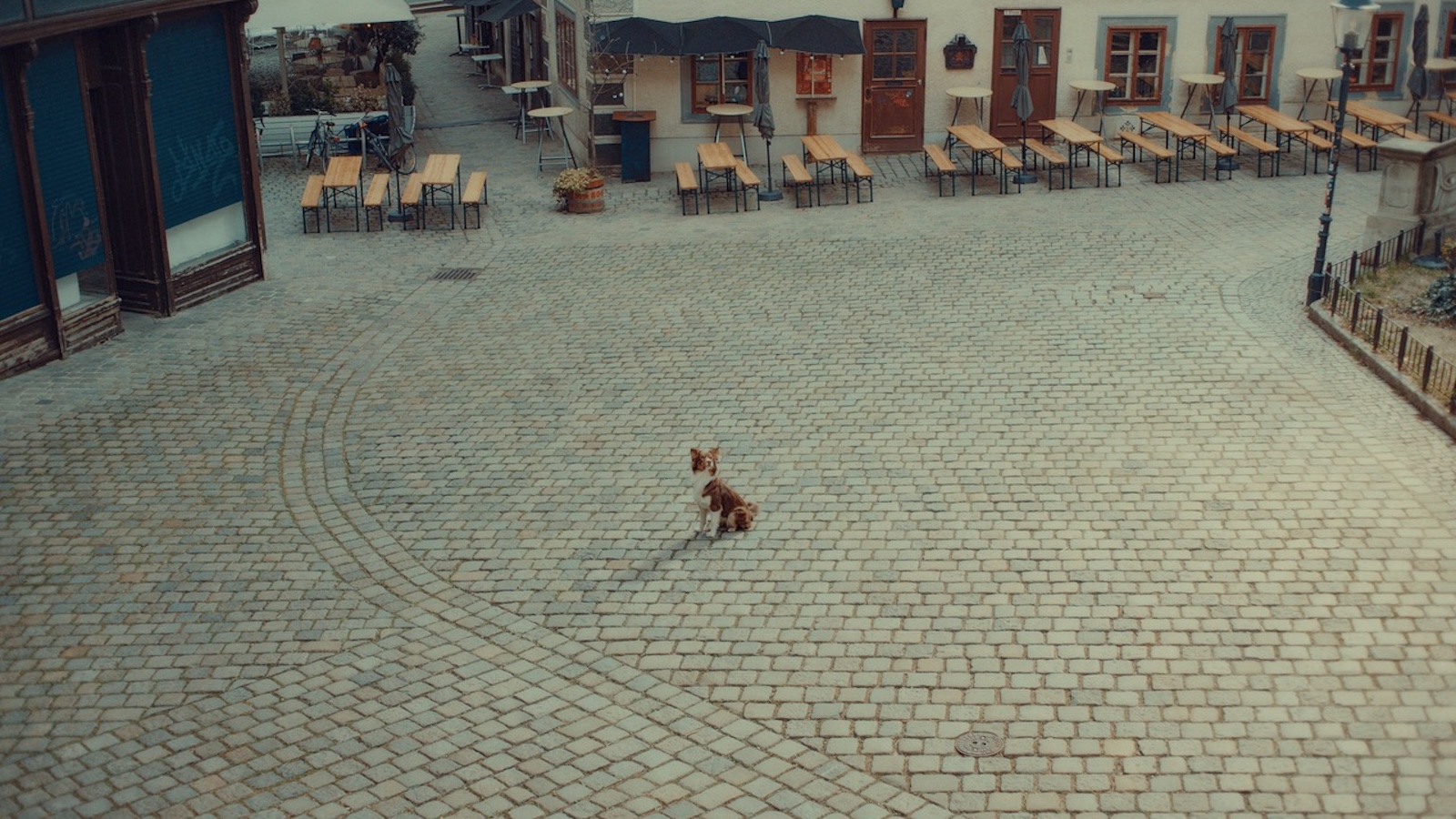
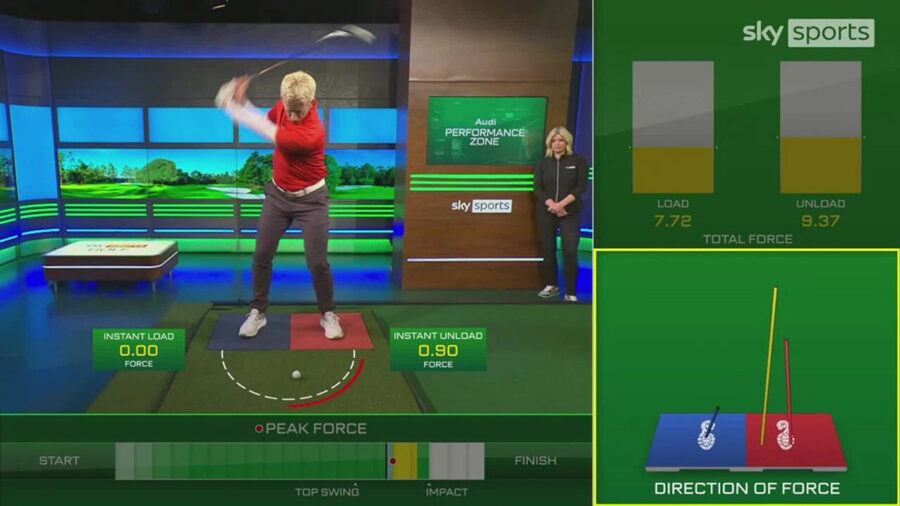
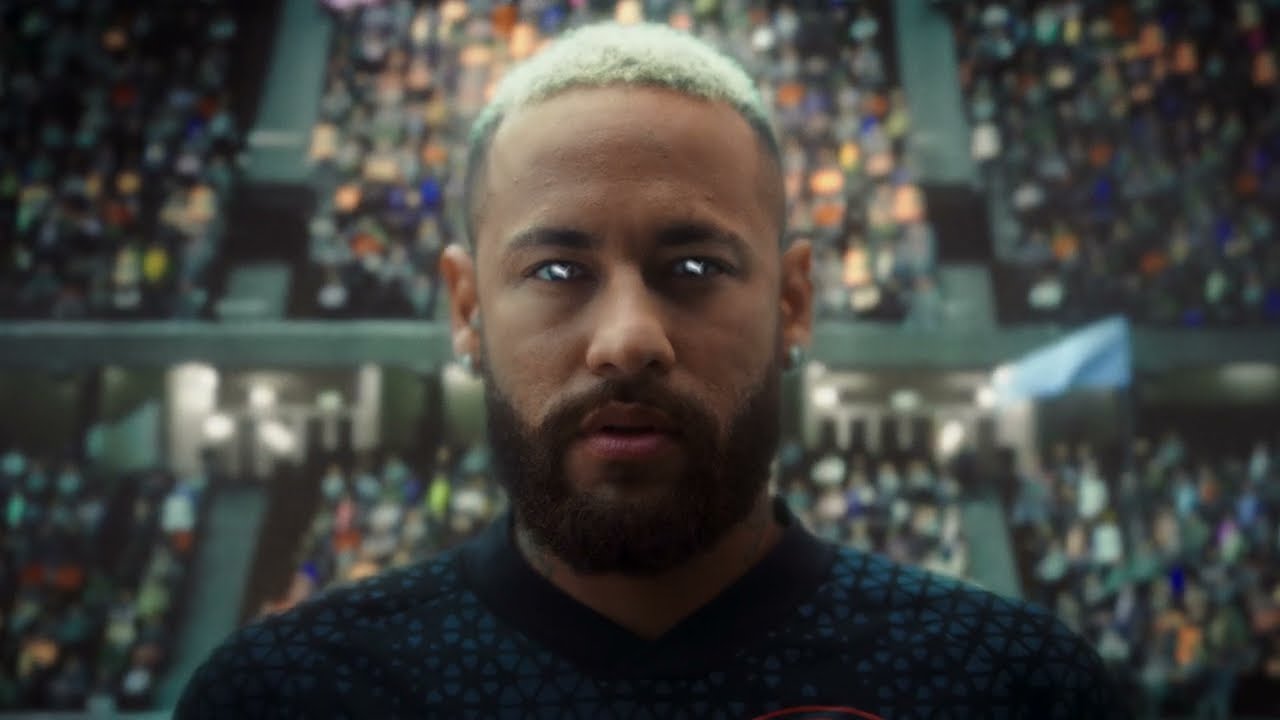
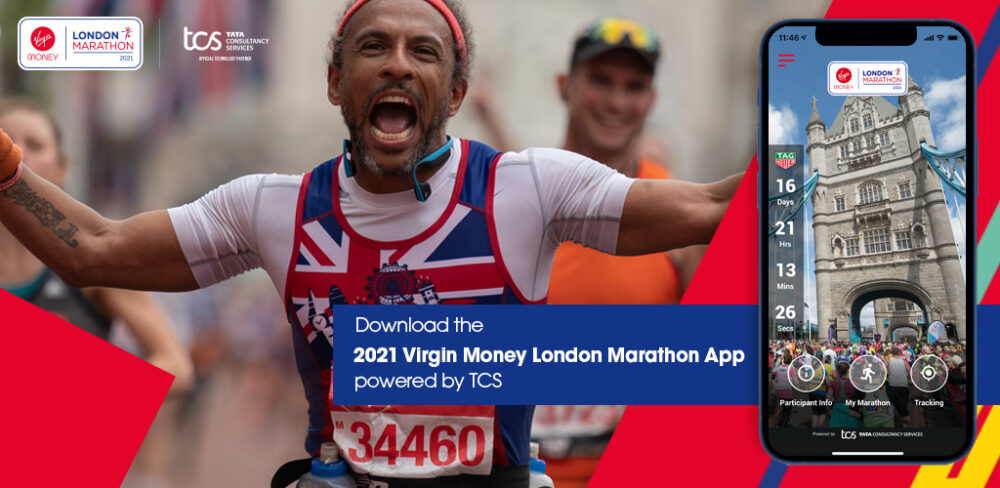
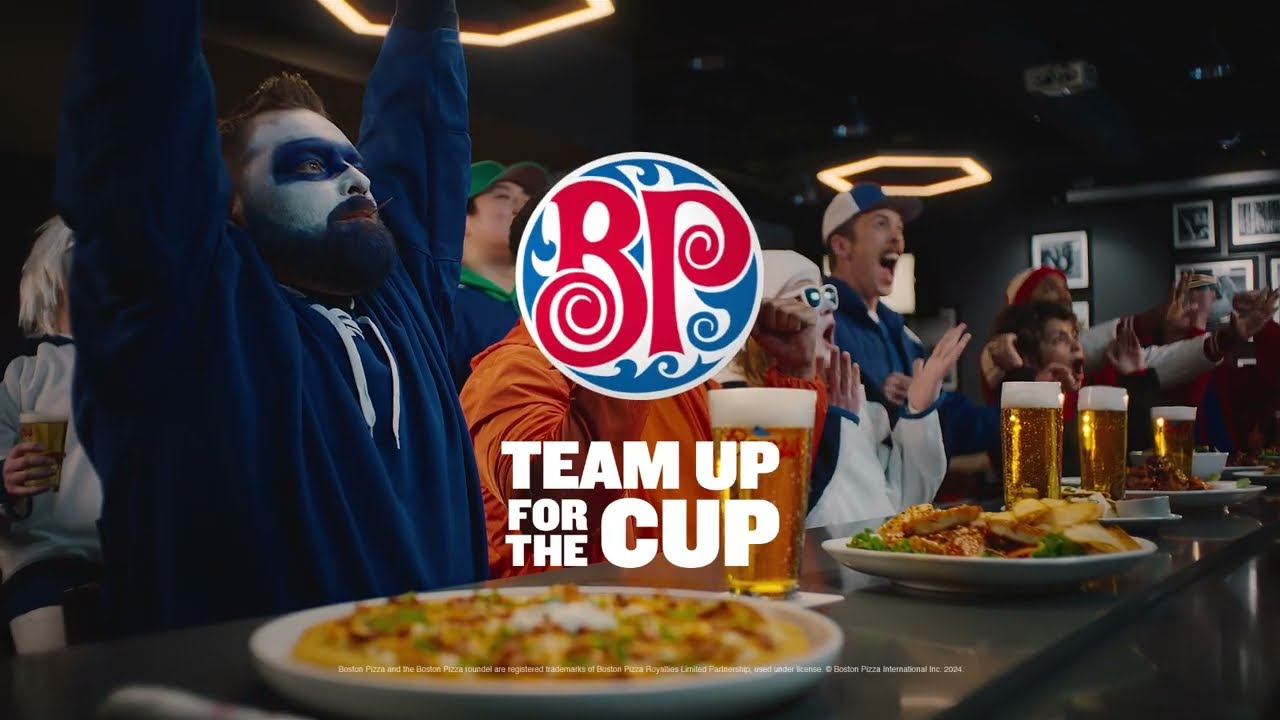
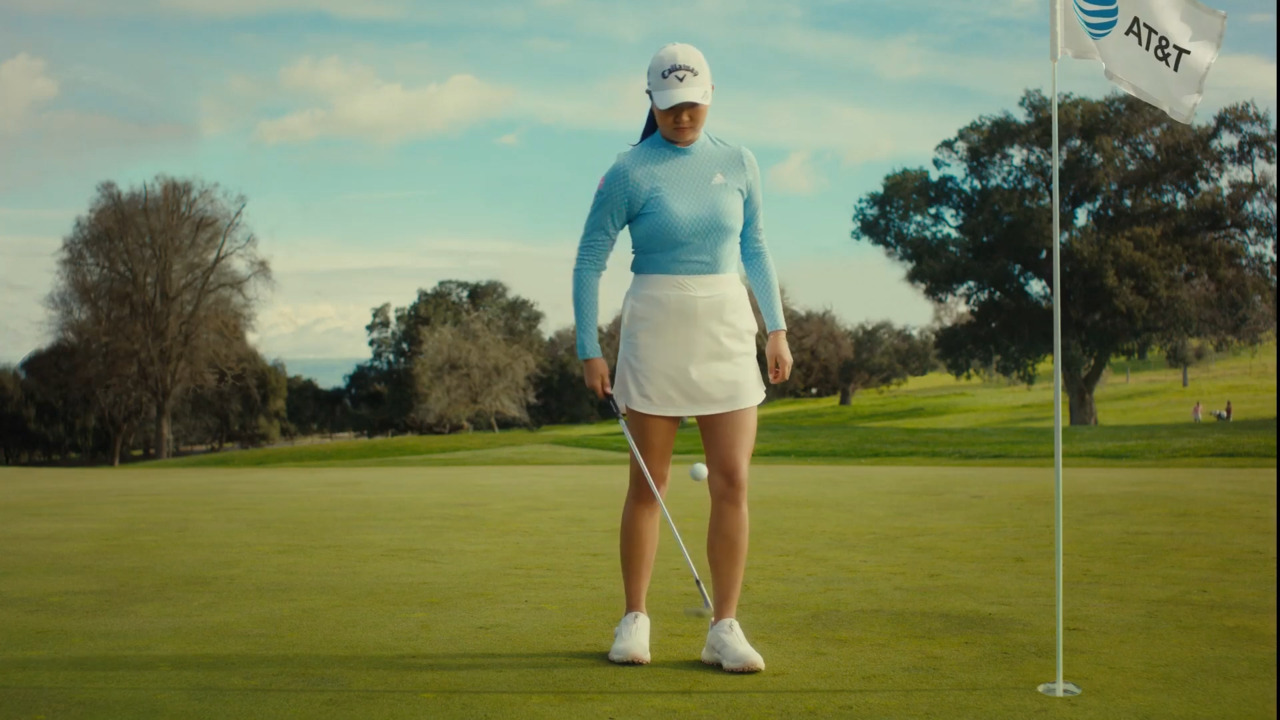
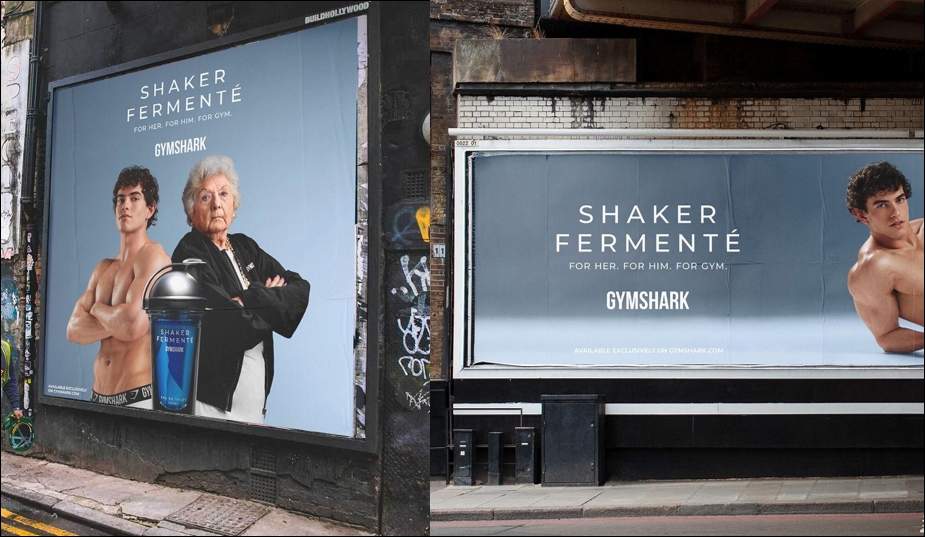
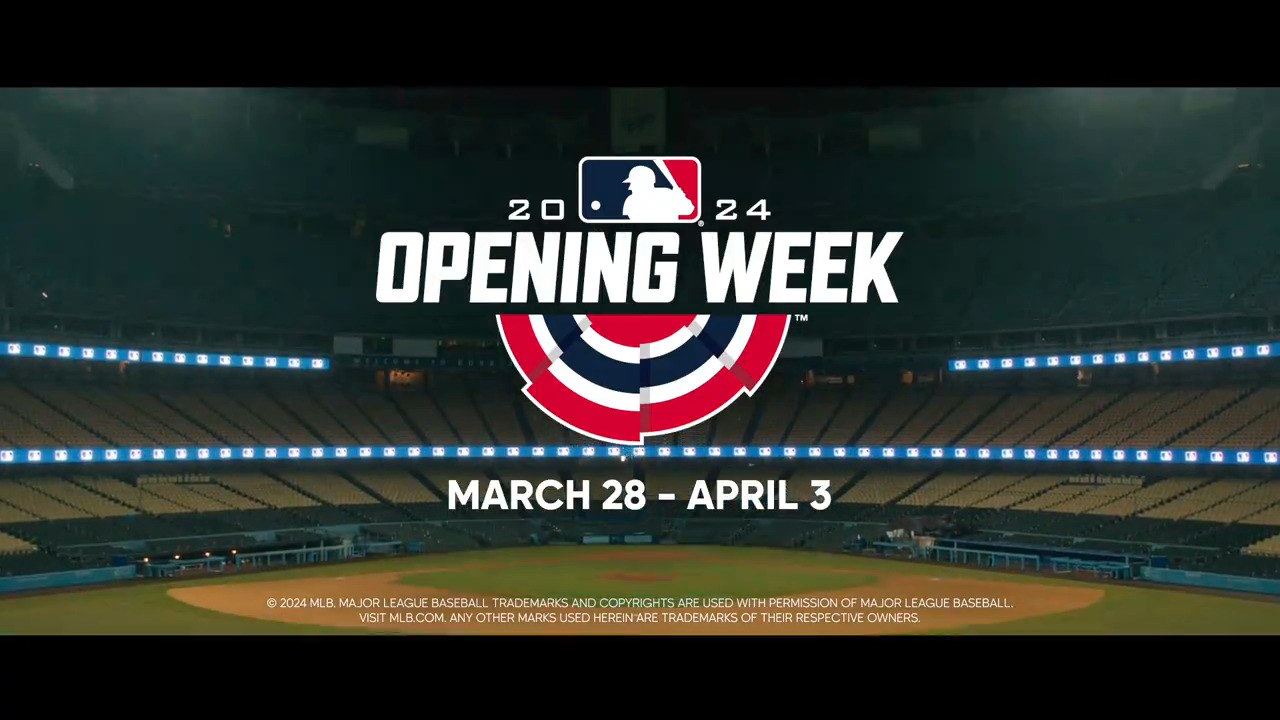
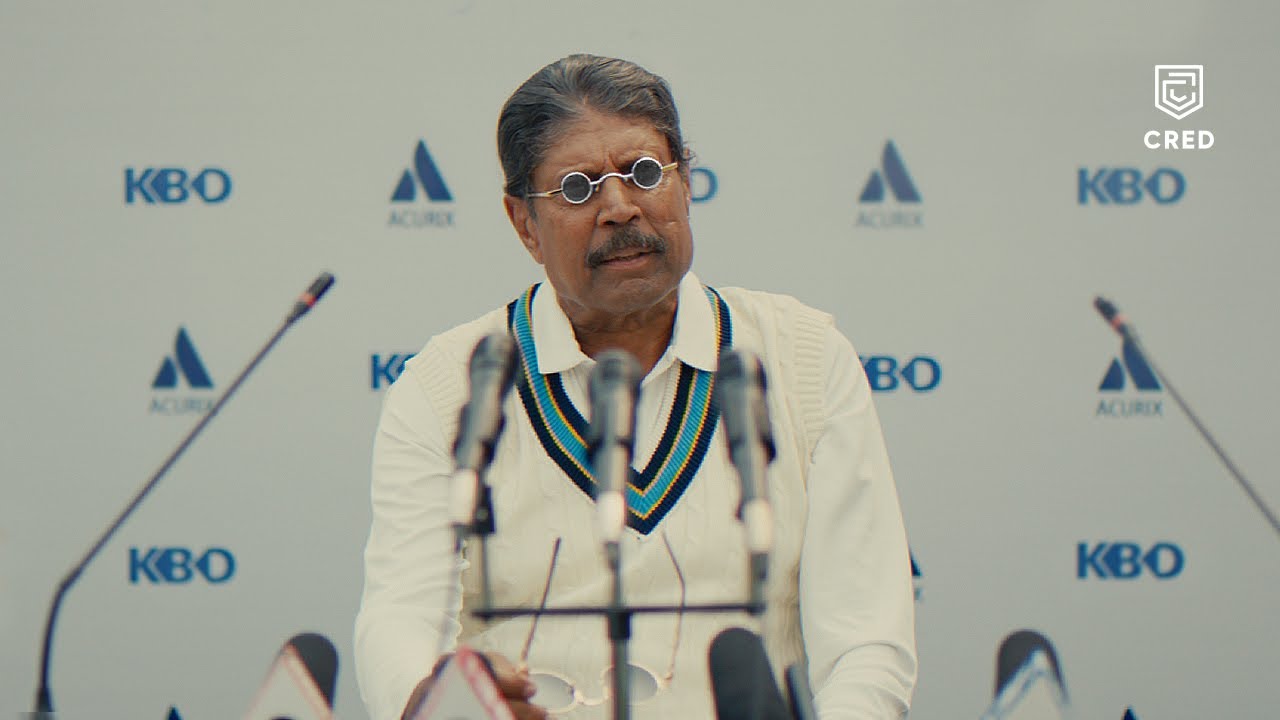
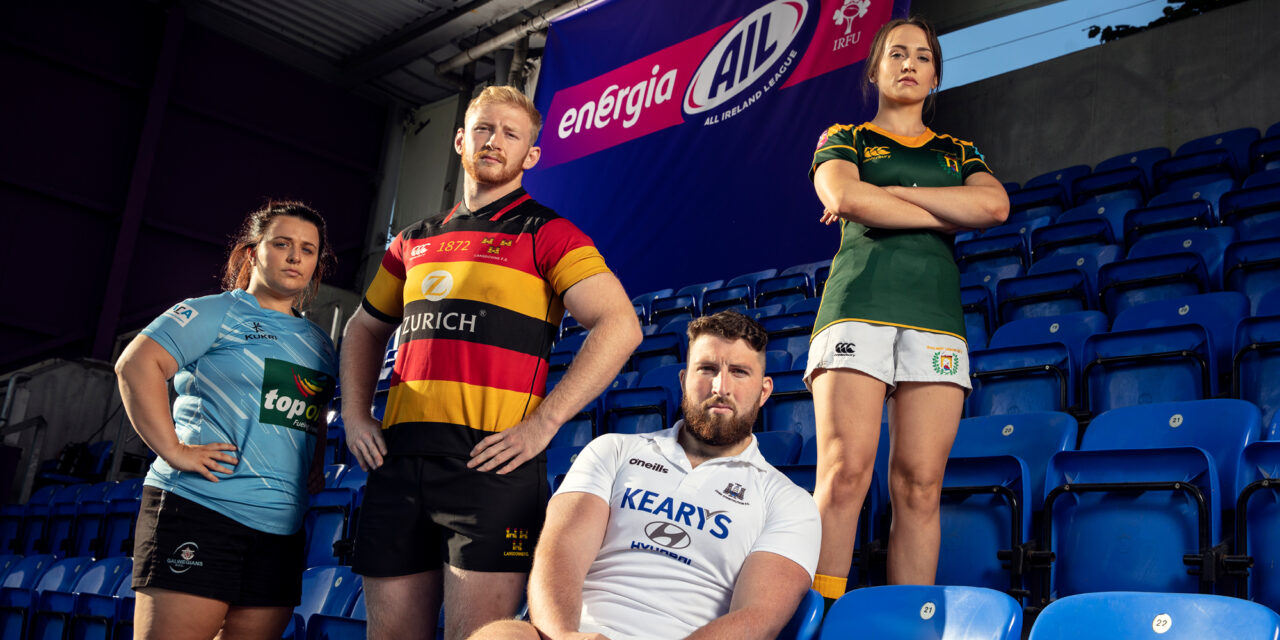
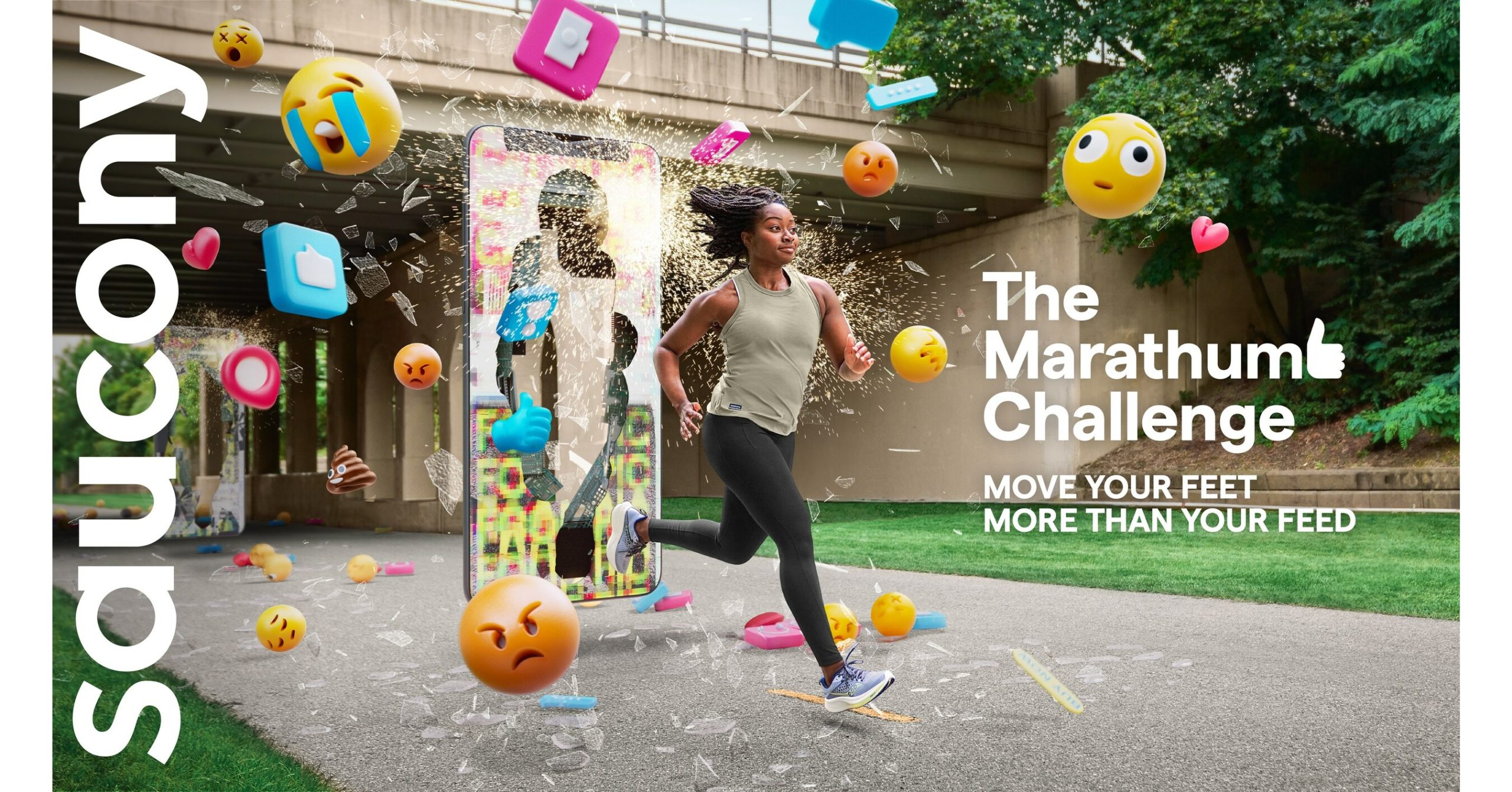

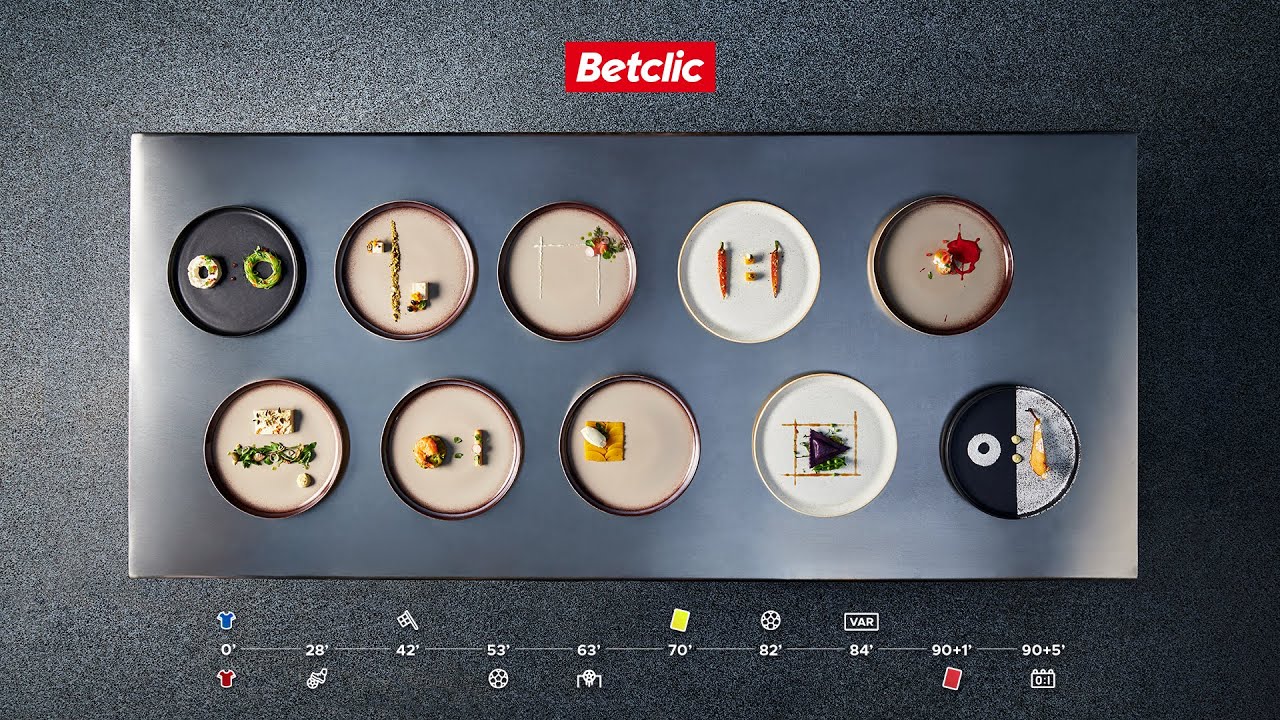

Leave a comment
You must be logged in to post a comment.